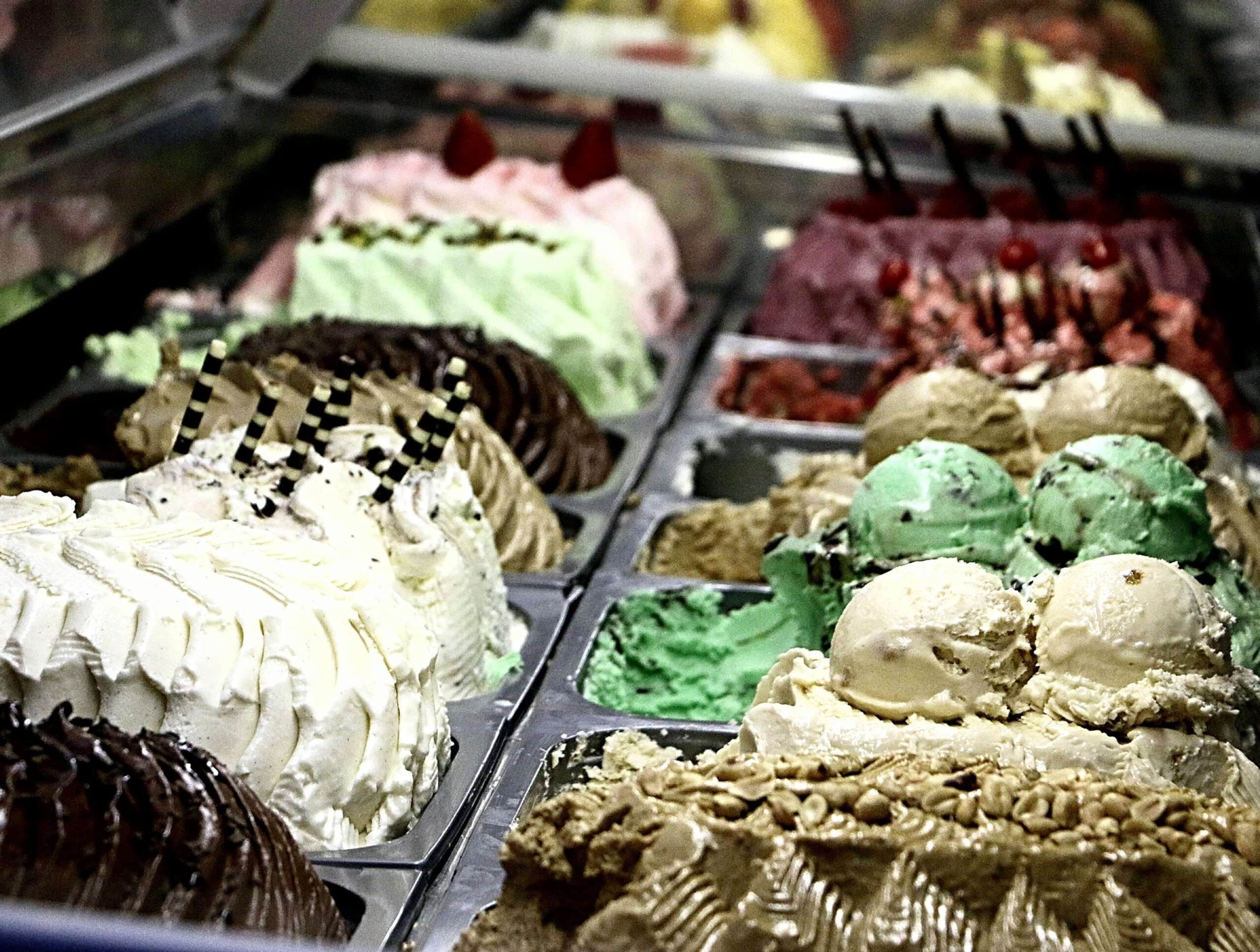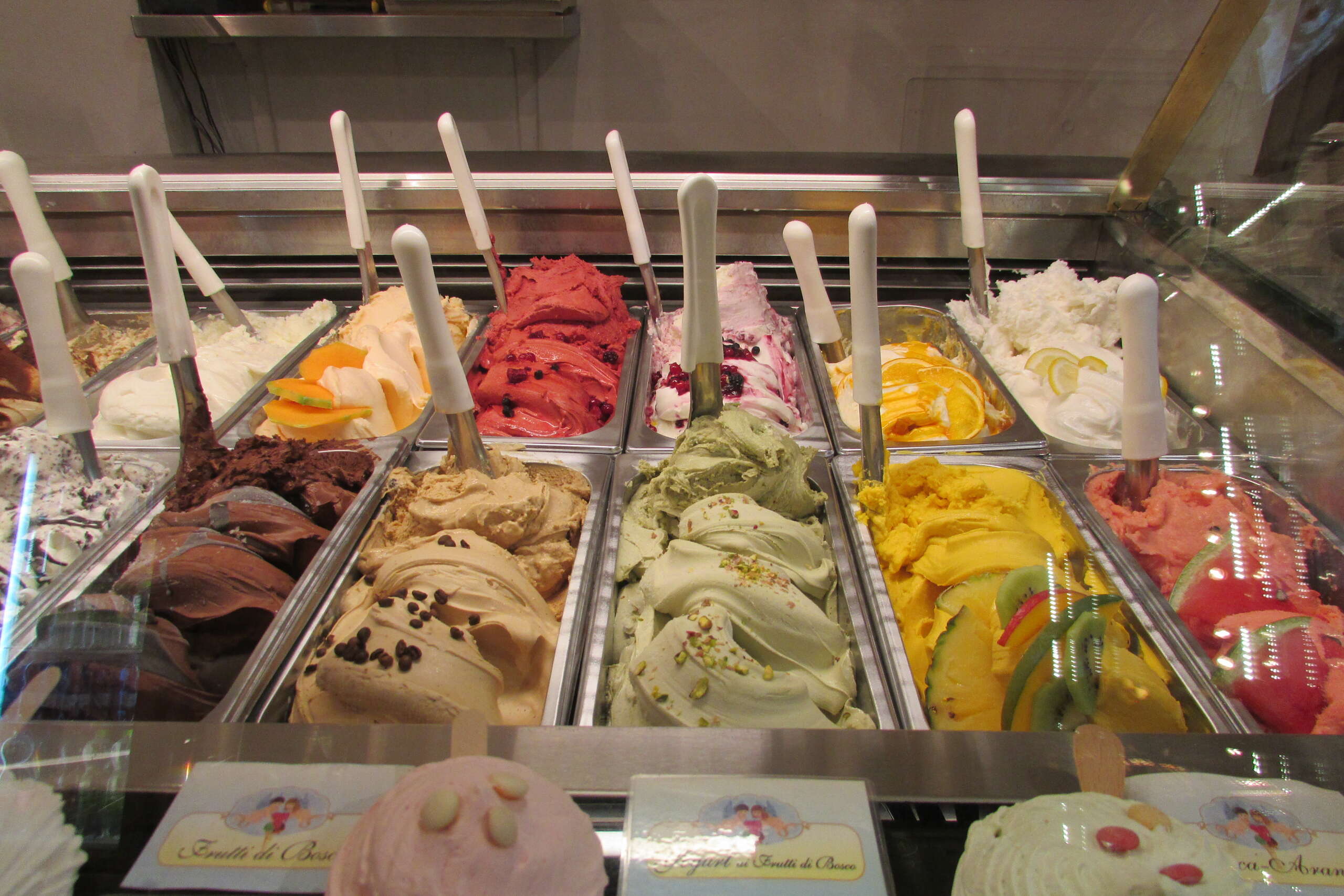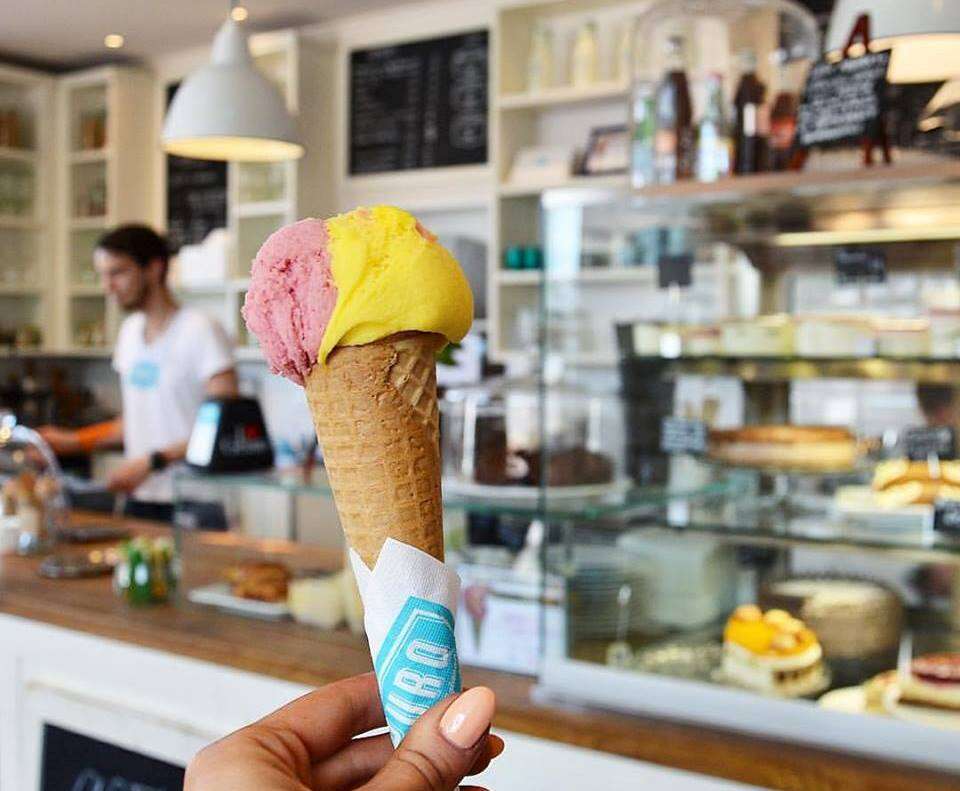Delicious History of Gelato
As the human race began to spread around the world. It had to adapt to new eating habits.
The ancient Egyptians and Sumerians had been eating snow for thousands of years, but it did not occur to them to make ice cream until they got a taste of Persian food.
The Persians liked to eat crushed ice and flavorings such as rose water or fruit juices. They may have gotten the idea from China, where they were already making a frozen dessert called "snow egg" or "frozen moon", made with sweetened juice and mashed beans. The Crusaders brought this recipe back to Europe.
The Persians gave crushed ice and fruit juice the name "sherbet", which became "sorbet" in France, later adopted by English speakers as sherbert.
When travelers from the West first visited Persia, they were amazed by sherbet, which they considered exotic and exciting. After a few changes, sherbet became the first form of ice cream in Europe.
The Roman emperor Nero reportedly built a "mountain of snow" in his garden where he could eat ice with fruit and honey.
At the end of the sixteenth century, ice cream was served at the court of Cosimo III in Florence. The Florentine culinary expert, Bernardo Buontalenti, created a delicious frozen dessert to offer to his guests when he prepared a banquet for the king of Spain at the Medici court in 1600. This is thought to have been the first time that gelato was served at a royal banquet.
In 1846 a Sicilian named Francesco Procopio dei Coltelli opened a café in Paris, France. He was already well known for the new style of Italian restaurant called a 'caffè' which has begun to appear in Sicily and Naples. Procopio introduced the French to a new drink that he called gelati (the Italian word for frozen). The drink was a huge success and the café became popular with France's intellectual elite.
Every foodie likes Gelato. Mark it somewhere in your gastronomic travel guide and don't forget to try it!











